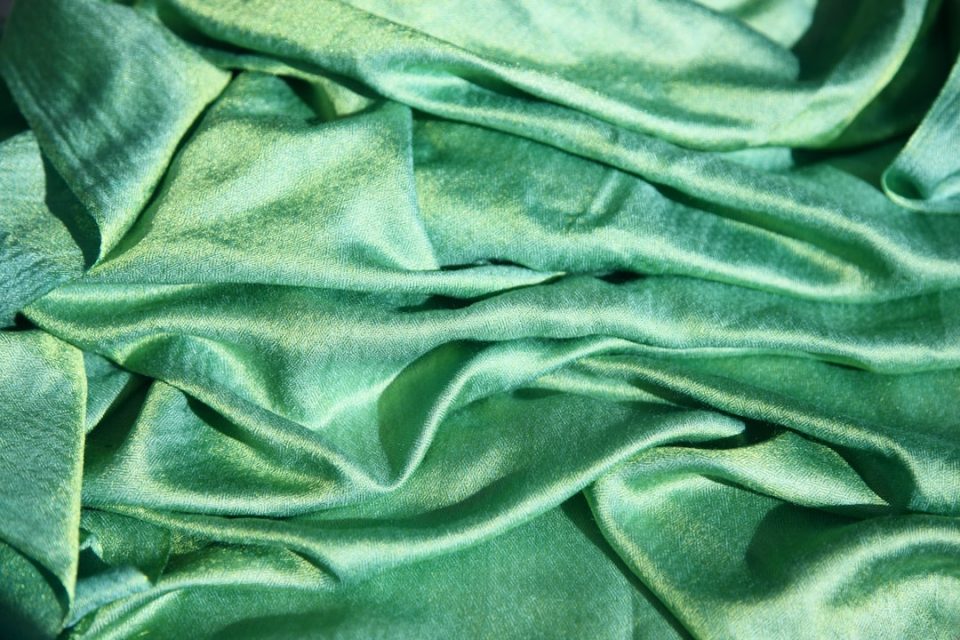Creating a captivating art portfolio is essential for any aspiring artist looking to showcase their work to potential clients, galleries, or art schools. Your art portfolio is essentially your visual resume, showcasing your skills, creativity, and unique style to the world. Whether you are a painter, photographer, graphic designer, or sculptor, having a well-curated portfolio can make a huge difference in how your work is perceived and valued by others.
In this blog post, we will explore some tips for creating a captivating art portfolio that will help you stand out from the crowd and make a lasting impression on viewers.
1. Select your best work
The first step in creating a captivating art portfolio is to carefully select your best work to showcase. Your portfolio is only as good as the work it contains, so be sure to include pieces that represent your style, skills, and creativity at their best. Choose a variety of pieces that demonstrate your range as an artist and showcase different techniques, mediums, and subjects.
2. Curate your portfolio
Once you have selected your best work, it is important to curate your portfolio in a way that tells a cohesive story and showcases your work in the best possible light. Arrange your pieces in a way that flows logically and highlights your strengths as an artist. Consider the order in which you present your work, grouping pieces together that are related in style, theme, or medium.
3. Keep it relevant
When creating your art portfolio, it is important to keep it relevant to your audience. If you are applying to art schools, for example, be sure to include pieces that demonstrate your potential as a student and showcase your skills as an artist. If you are looking to attract clients or galleries, focus on pieces that are commercial and marketable.
4. Show your process
In addition to showcasing your finished pieces, consider including sketches, studies, and other works-in-progress in your portfolio to give viewers insight into your creative process. Showing your process can help potential clients or galleries understand your approach to art and appreciate the dedication and skill that goes into creating your work.
5. Include a variety of mediums
To demonstrate your versatility as an artist, be sure to include a variety of mediums in your portfolio. Whether you work in paint, photography, digital art, or sculpture, showcasing different mediums can show your range as an artist and help you appeal to a wider audience. Experimenting with different mediums can also help you grow as an artist and push your creative boundaries.
6. Keep it consistent
While it is important to showcase a variety of styles and techniques in your art portfolio, it is also important to keep it consistent in terms of quality and presentation. Be sure to choose pieces that are of a similar caliber and style to maintain a cohesive look throughout your portfolio. Consistency in your portfolio can help viewers understand your artistic vision and appreciate the quality of your work.
7. Update regularly
Finally, remember to update your art portfolio regularly to reflect your current skills, style, and achievements. As you grow and evolve as an artist, your portfolio should grow and evolve with you. Be sure to replace older pieces with new work that better represents your current abilities and interests. Updating your portfolio regularly can help you stay relevant and competitive in the art world.
In conclusion, creating a captivating art portfolio is essential for any artist looking to showcase their work and make a lasting impression on viewers. By carefully selecting your best work, curating your portfolio, keeping it relevant, showing your process, including a variety of mediums, keeping it consistent, and updating regularly, you can create a portfolio that reflects your skills, creativity, and unique style. With these tips in mind, you can create a portfolio that will help you stand out from the crowd and make a lasting impact in the art world.


